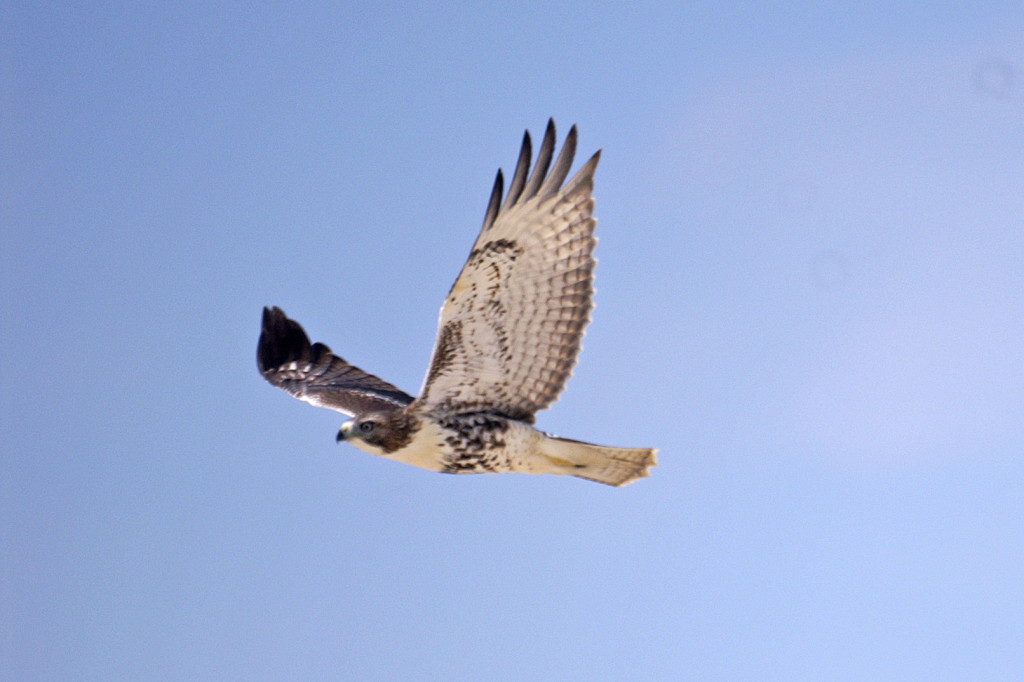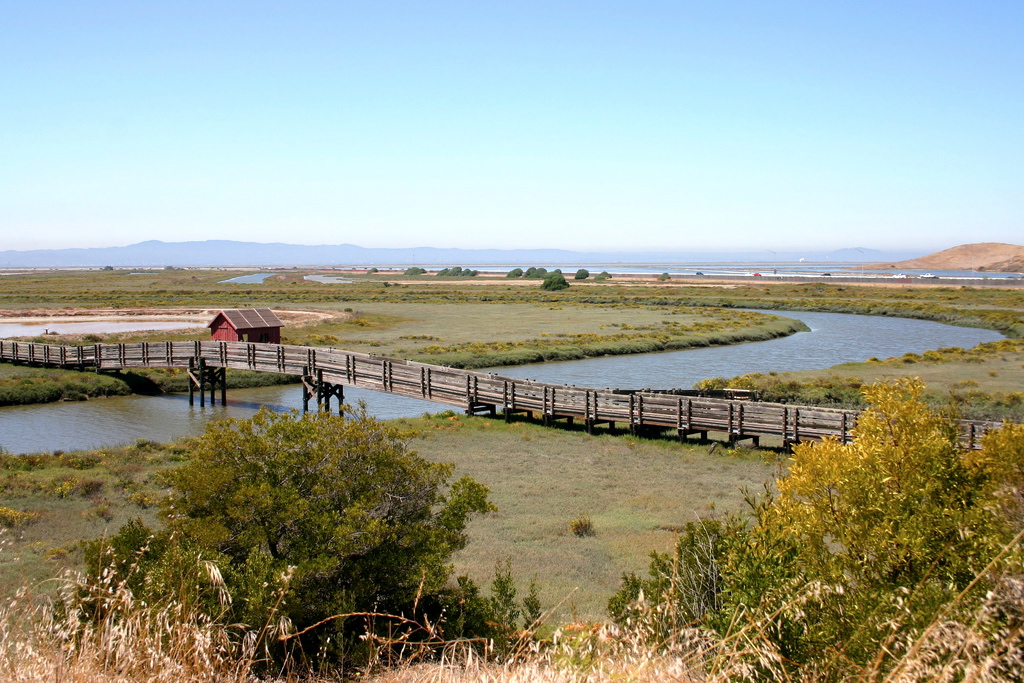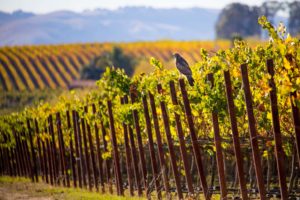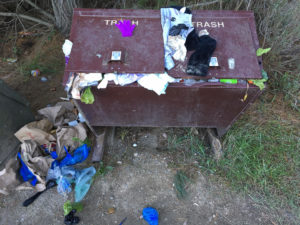The ongoing federal government shutdown that has locked the public out of national parks and recreation areas across the nation has also shuttered federally funded research and monitoring programs considered “nonessential,” running the risk that months, or even years, of painstaking investigation could be lost in a few weeks.
In the Bay Area, many of the research projects undertaken within the Golden Gate National Recreation Area (GGNRA), including those done in partnership with the nonprofit Golden Gate National Parks Conservancy (GGNPC), have been suspended. It’s a particularly critical time for bird monitoring programs, which hit their peak during the annual fall migration that can see 250 migratory bird species arriving in, or passing through, the region. Allen Fish, the director of the Golden Gate Raptor Observatory at the GGNPC, said the nearly 30-year-long raptor monitoring program based in the GGNRA’s Marin Headlands has completely stopped and the integrity of this year’s study will likely be compromised.

“Our daily hawk count during the four months of peak migration is essentially an annual barometer of the health of raptor populations in California,” he said. “If we don’t get those data collections this year during this peak time, it could undermine the whole year of hawk counts so far as the data being useful—it’s a big loss.”
At Don Edwards San Francisco Bay National Wildlife Refuge, scientists from the U.S. Geological Survey and San Francisco Bay Bird Observatory have been monitoring avian use of both former and current salt ponds. Refuge manager Anne Morkill, who is one of only four refuge staff members permitted to work during the shutdown, said the monitoring, by documenting changes in bird use of restored wetlands, is essential for informing the adaptive management process used by the South Bay Salt Pond Restoration Project.
“Right now, different species and higher numbers of birds are arriving for the fall migration, so we are missing a critical part of the birds’ annual cycle,” Morkill said. “I don’t know for sure that it will have a significant impact but it certainly means we’re missing out on some key data points — so it is unfortunate.”
One project that is continuing on the refuge is the time-critical invasive spartina program, which seeks to contain and eliminate the invasive cordgrass that threatens marshes around the Bay. Biologists need to capitalize on the current clear weather to effectively apply the approved treatment. The program itself is state-funded and technically, is not affected by the federal shutdown, but workers still need to have access to the otherwise-closed federal refuge sites to complete their work before the winter rains.

Fish said that for the raptor monitoring program this time around is worse than the 1995 federal government shutdown, because volunteers—who play a major role in the monitoring—are not allowed to enter the park this time due to insurance liability concerns. Even Conservancy staff, who are funded by charitable grants and donations rather than federal dollars, are unable to continue their work as all federal permits for scientific research have been suspended.
“In terms of taking a snapshot of the 2013 raptor flight and the population trends, the species changes and things like that—we won’t be able to go back and recapture that data,” Fish said. “But in terms of continuing to trap and band hawks and to track the raptors migration later in the season, we will still be able to do some good work this year.”





